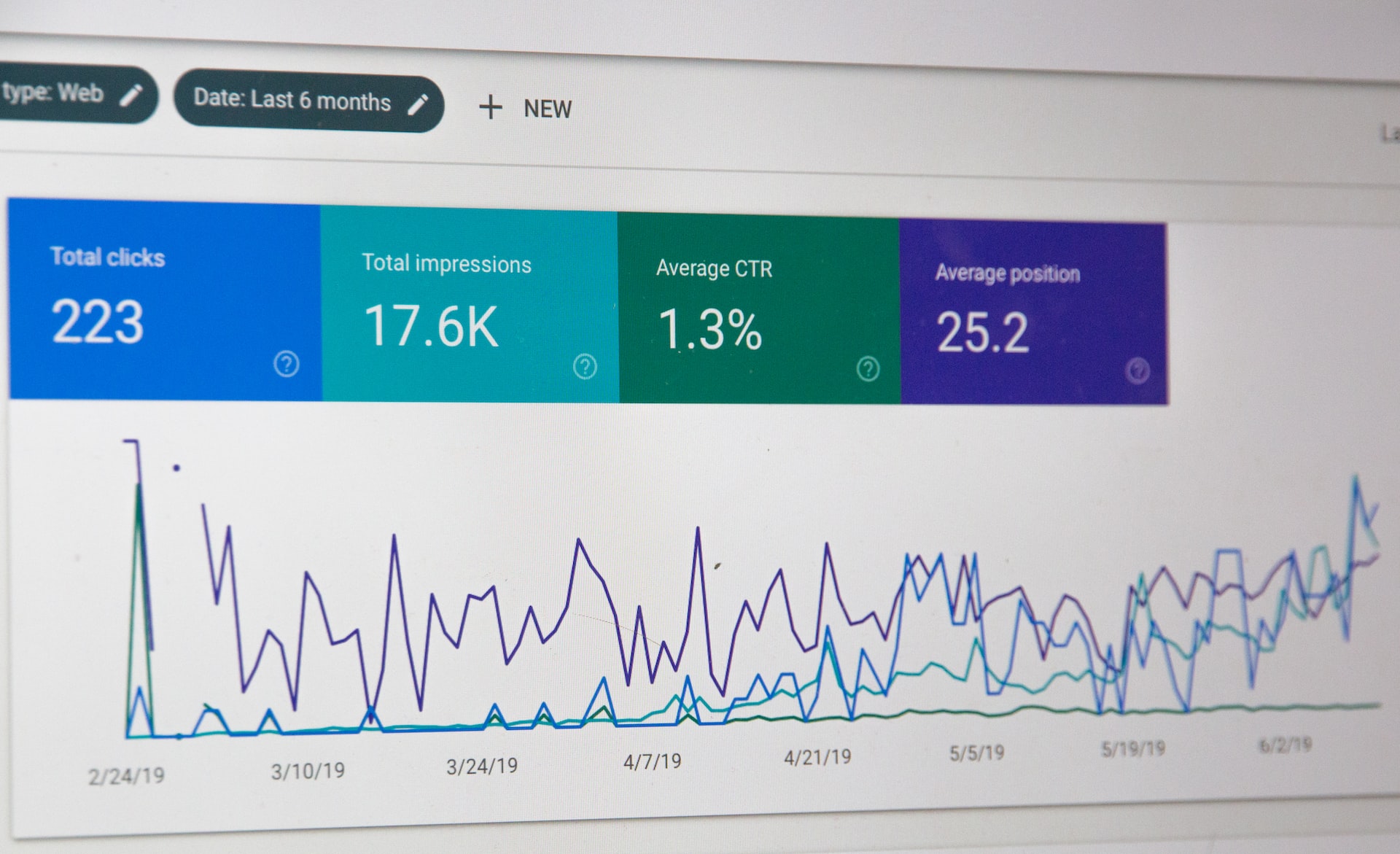
How to Position a Product Effectively
Step 1: Identify Your Target Market
Step 2: Analyze Your Competition
Step 3: Define Your Unique Selling Proposition (USP)

Step 4: Communicate Your Position
In the case of Airbnb, the company uses a mix of digital and traditional advertising to communicate its position to travelers. Through its advertising campaigns, Airbnb focuses on the unique and local experiences that travelers can have through its platform.
Product positioning can happen at the feature level too. The e-commerce platform Shopify has a built-in email marketing tool merchants can use to sell to their audience. Shopify's email marketing tool lacks many features compared to a traditional email platform like Mailchimp.
Step 5: Evaluate and Adjust Your Position
In the case of Airbnb, the company continually collects feedback from travelers to ensure it meets their needs and expectations. Based on this feedback, Airbnb can adjust its position and marketing efforts to ensure that it continues to meet the needs of its target market.
Final Thoughts
Remember, product positioning is not a one-time effort but a continuous process that requires ongoing attention and adaptation to changing market conditions and customer needs.
By following the steps outlined in this article, you can position your product for success and differentiate it from the competition.
Furthermore, Maven's online classes can help individuals gain valuable insights on successful product positioning to improve their own product positioning skills.
Related Courses
The Influential PM: Strategy, Stakeholders, Significance - Multiplied by AI
Stop executing others' roadmaps. Build strategy executives fund, speak the language of business, and win stakeholder buy-in.
Influential Research: How to Influence Product Decisions with Research
Learn to collect evidence like a detective, build your case like a trial attorney, and present it with a news anchor's confidence.
Design Job Search: Strategy & Tactics
Target the right companies, write unforgettable case studies, & build a portfolio that can't be ignored.
Building a Purpose-Led Brand in the Age of AI
In an era defined by automation, noise, and algorithmic influence, your story is your strongest signal - learn how to lead with it.
Build Your Minimum Viable Brand
Go from a company with a product to sell to a culturally relevant brand people will love. Create your brand strategy playbook in two weeks.
You might also like

Product Growth: Getting Your Product’s First 1,000 Users

Growth Marketing: The 2023 Definitive Guide

The Product Virality Playbook: Key Components for Exponential Growth

